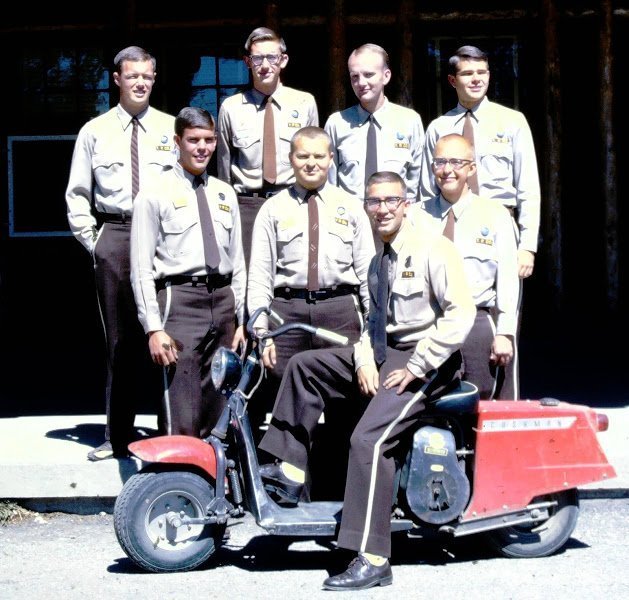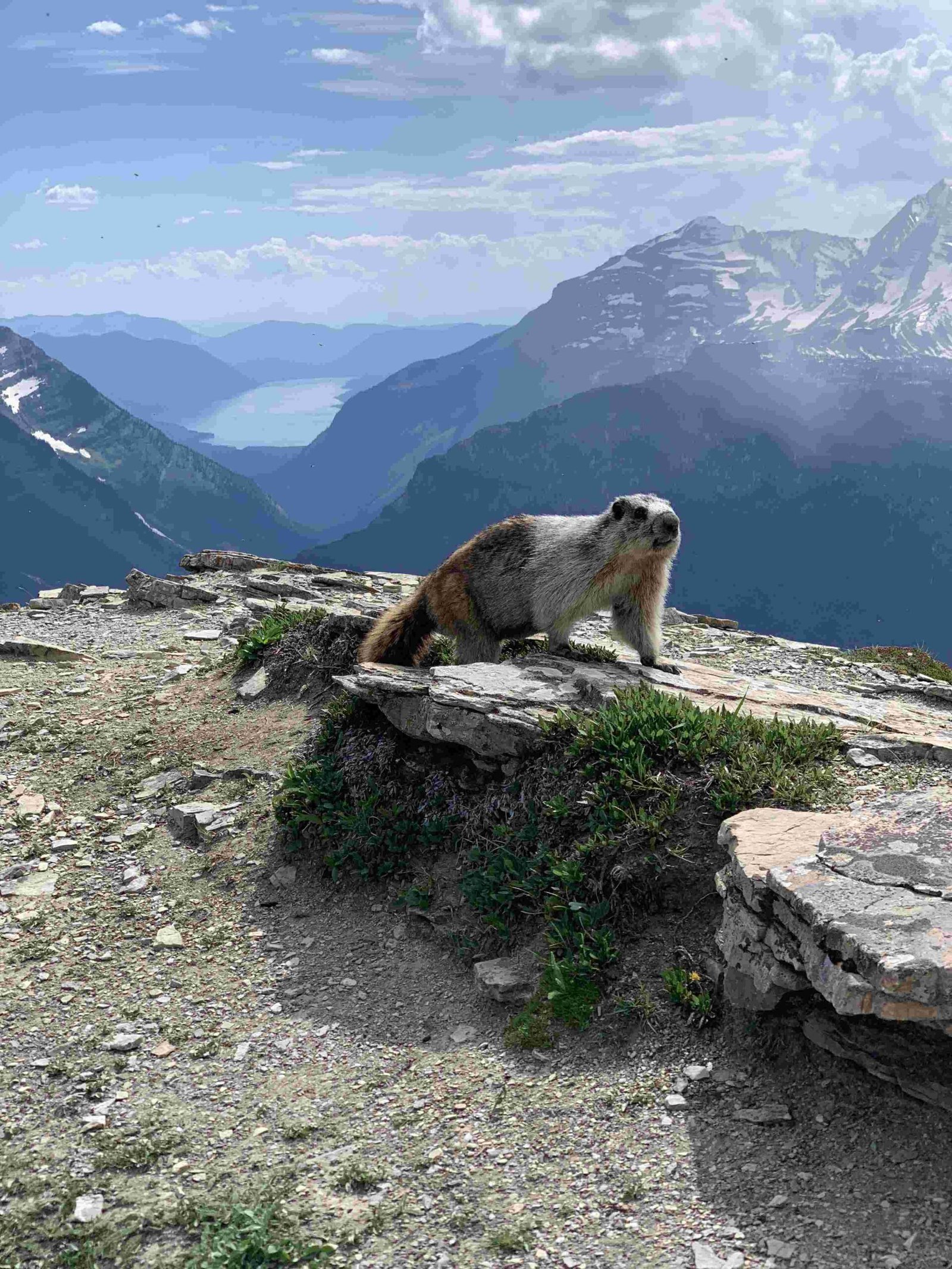A tragic incident at Glacier National Park has resulted in the death of a man who fell from a significant height. This event highlights the inherent risks associated with hiking and climbing in rugged terrain, particularly in areas known for their steep cliffs and challenging landscapes. The incident serves as a somber reminder of the importance of safety precautions and adherence to park guidelines when exploring such environments.
What Are the Details of the Recent Fatal Fall at Glacier National Park?

While specific details about the most recent incident are not provided in the given information, similar tragic events have occurred in the past at Glacier National Park. These incidents underscore the potential dangers visitors face in this beautiful but sometimes treacherous environment.
Some notable fall-related fatalities in the park’s history include:
- July 27, 1990: A 46-year-old man fell into an ice crevasse, plummeting at least 100 feet.
- September 2, 1986: A woman fell 100 feet and rolled another 50 feet after slipping at a scenic overlook near Logan Pass.
- September 14, 1990: A 21-year-old concession employee, an experienced climber, fell at least 100 feet during a solo climb.
Where Are the Most Dangerous Areas for Falls in Glacier National Park?

Several areas in Glacier National Park are known for their potential fall hazards:
- Going-to-the-Sun Road and surrounding areas
- High-elevation trails, particularly around Logan Pass
- The Garden Wall
- Areas with glacier formations and ice crevasses
These locations often feature steep terrain, slippery surfaces, and dramatic elevation changes, which can pose significant risks to hikers and climbers.
What Safety Measures Are in Place to Prevent Falls?
Glacier National Park has implemented various safety measures to mitigate the risk of falls:
- Warning signs posted at hazardous areas
- Regular ranger patrols on trails and in high-risk zones
- Established emergency response protocols
- Guided tours and orientation sessions for visitors
Despite these precautions, the rugged nature of the park means that some level of risk is always present for those exploring its more challenging areas.
How Common Are Fatal Falls in National Parks?
While exact statistics for Glacier National Park are not provided, the National Park Service reports an average of 358 deaths per year across all national parks. The mortality rate is approximately 0.11 deaths per 100,000 recreational visits. This relatively low rate suggests that while fatalities do occur, they are not common considering the millions of visitors national parks receive annually.
What Factors Contribute to Fall-Related Accidents in Glacier National Park?
Several factors can contribute to fall-related accidents in the park:
- Terrain Challenges:
- Steep cliffs
- Slippery surfaces, especially in icy conditions
-
Unstable rock formations
-
Weather Conditions:
- Sudden changes in weather
- Ice and snow accumulation on trails
-
Strong winds at high elevations
-
Visitor Behavior:
- Lack of proper equipment or preparation
- Ignoring warning signs or park guidelines
-
Attempting climbs beyond one’s skill level
-
Time of Year:
- Peak tourist seasons may lead to overcrowding on trails
- Winter conditions can make trails more treacherous
Who Is Most at Risk for Fall-Related Accidents in the Park?
While anyone can be at risk, certain groups may be more vulnerable to fall-related accidents:
- Adults aged 45 and older
- Inexperienced hikers or climbers
- Solo adventurers
- Those with pre-existing medical conditions
However, it’s important to note that even experienced climbers and hikers can fall victim to accidents, as evidenced by past incidents involving skilled individuals.
What Can Visitors Do to Stay Safe While Hiking in Glacier National Park?
To minimize the risk of falls and other accidents, visitors should:
- Stay Informed:
- Check weather forecasts before heading out
-
Review trail conditions and difficulty ratings
-
Be Prepared:
- Wear appropriate footwear and clothing
-
Carry essential safety gear, including a first-aid kit
-
Follow Park Rules:
- Stay on designated trails
-
Heed all warning signs and ranger advice
-
Know Your Limits:
- Choose trails that match your skill level and physical condition
-
Don’t attempt risky maneuvers for photos or thrills
-
Hike with a Buddy:
-
Avoid solo hikes, especially in remote or challenging areas
-
Carry Communication Devices:
- Bring a fully charged cell phone or satellite communicator
By following these guidelines, visitors can significantly reduce their risk of accidents while enjoying the breathtaking beauty of Glacier National Park.
How Does Glacier National Park Compare to Other Parks in Terms of Fall-Related Fatalities?
While specific comparative data is not provided, it’s worth noting that all national parks with mountainous terrain face similar challenges regarding fall-related accidents. Factors that may influence the rate of such incidents include:
- Park visitation numbers
- Terrain difficulty
- Accessibility of high-risk areas
- Effectiveness of safety measures
A comprehensive comparison would require detailed statistics from each park, which are not available in the given information.
What Are the Long-Term Trends in Fall-Related Accidents at Glacier National Park?
Long-term trends in fall-related accidents at Glacier National Park are not explicitly stated in the provided information. However, several factors may influence these trends over time:
- Increasing Visitation:
-
More visitors could potentially lead to more accidents
-
Improved Safety Measures:
-
Enhanced warning systems and visitor education might reduce incidents
-
Climate Change:
-
Changing weather patterns and glacier conditions could affect trail safety
-
Technological Advancements:
- Better communication and rescue technologies may improve response times
To accurately assess long-term trends, a comprehensive study of park incident reports over several decades would be necessary.
How Does the Park Balance Safety Concerns with Preserving Natural Beauty?
Glacier National Park faces the challenge of maintaining visitor safety while preserving its natural beauty and wilderness character. This balance is achieved through:
- Minimal Intrusion:
- Using natural materials for safety barriers where possible
-
Limiting signage to essential warnings
-
Education:
- Providing comprehensive visitor information at entry points
-
Offering ranger-led programs on safety and conservation
-
Targeted Infrastructure:
- Focusing safety improvements on high-traffic areas
-
Maintaining wilderness character in remote regions
-
Adaptive Management:
- Regularly reviewing and updating safety protocols
- Responding to changing environmental conditions
By carefully implementing these strategies, the park aims to protect visitors while maintaining the pristine nature of its landscapes.
In conclusion, while the recent tragic fall at Glacier National Park serves as a stark reminder of the inherent risks in such environments, it also underscores the importance of visitor awareness and preparedness. By understanding the potential dangers, respecting park guidelines, and taking necessary precautions, visitors can safely enjoy the awe-inspiring beauty of this natural wonder.
References:
1. https://npshistory.com/morningreport/incidents/glac.htm
2. https://www.nps.gov/aboutus/mortality-data.htm
3. https://www.panish.law/nevada/deaths-in-us-national-parks/